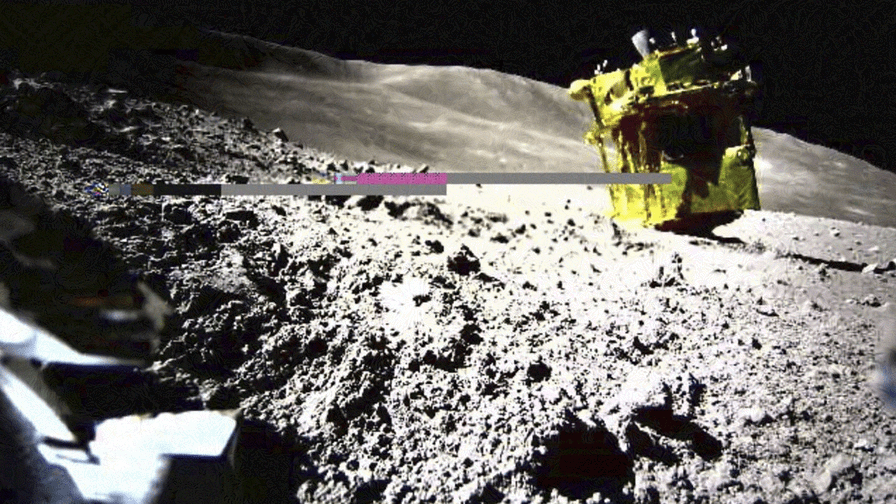A Japan space agency official said Wednesday that a lunar probe has captured and transmitted data, which could provide clues about the origin of the moon. Shinichiro Sakai, project manager of the Japan Aeronautical Exploration Agency, said that for the last four days, the SLIM has used its multi-bandspectral camera to study rock composition and examine lunar rocks. The lunar mission is the first by Japan. On the eighth day, SLIM was able to reestablish communication with the command center at JAXA. The data from 10 rocks was obtained by the craft and all of them contained the names of dog breeds.
The analysis of moon rocks could show the origin of the moon. The moon is thought to have formed when the Earth and another planet collided. Having data on 10 rocks was a cause for celebration for the team because they expected SLIM to study only one rock. It is not known if the probe will survive the cold night temperatures or if it will wake up once sunlight comes back. It was the most precise landing in the history of moon missions, as it was close to the Shioli crater, a region covered in volcanic rocks. SLIM's touchdown was estimated to be within meters of the target if the lander had not encountered a last-minute failure in one of the two main engines. The two small probes that were released just before the touchdown have stopped working. The United States, the Soviet Union, China and India were the other countries to reach the moon.

